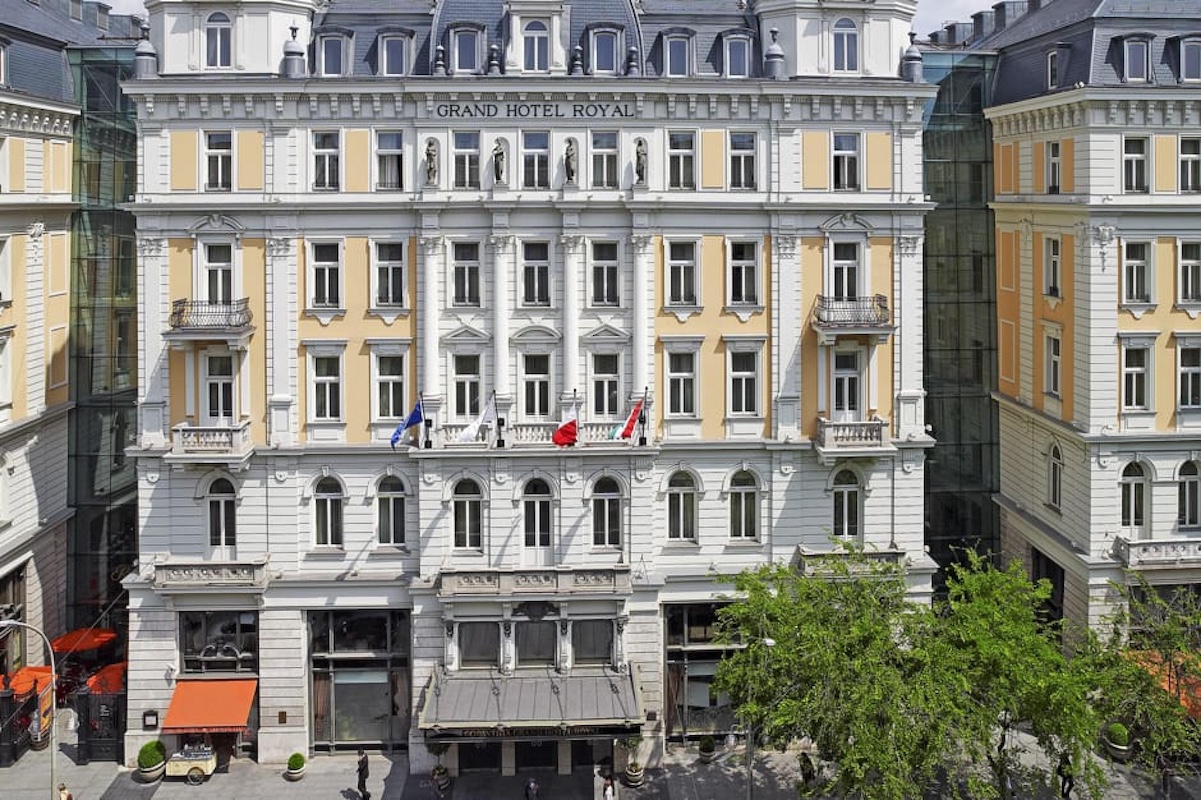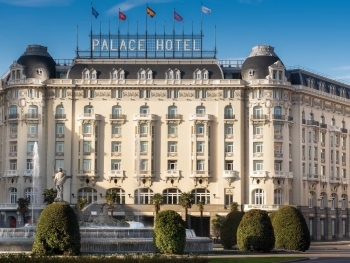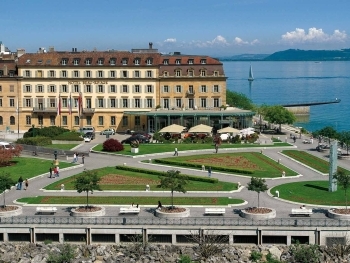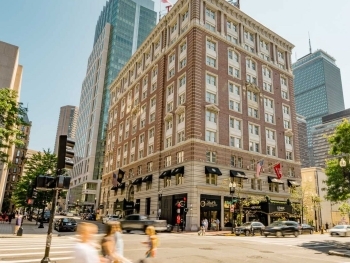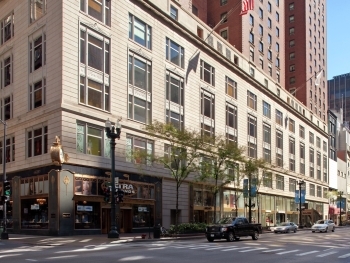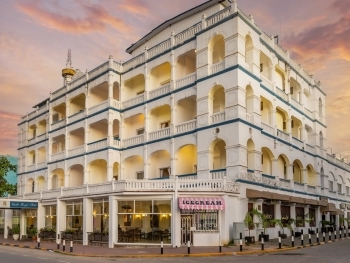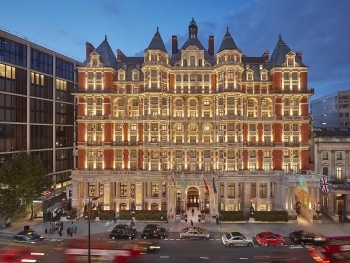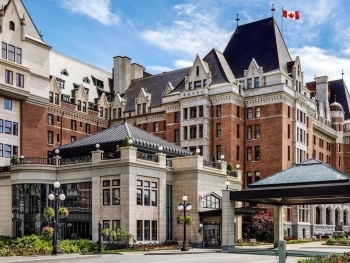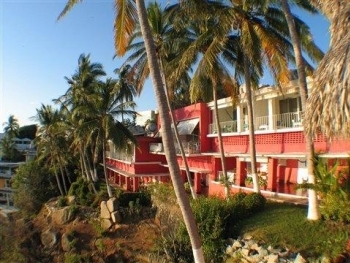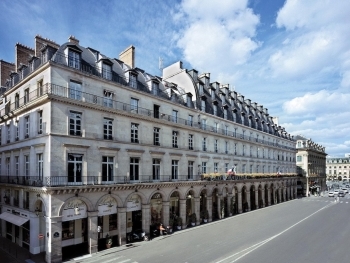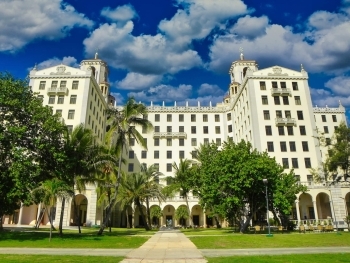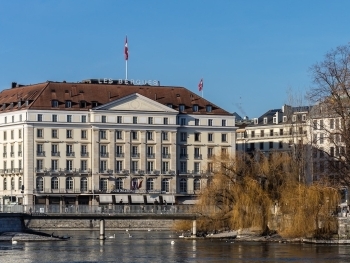The Grand Hotel Royal, known today as the Corinthia Budapest, stands as a majestic edifice in the heart of Hungary’s capital. This grand hotel, with its opulent architecture and rich history, represents a significant chapter in Budapest’s narrative of luxury, hospitality, and architectural brilliance. Over the years, it has evolved, weathered socio-political changes, and maintained its status as a premier destination for visitors from around the world.
Historical Background
Foundation and Early Years (1896-1914)
The Grand Hotel Royal was inaugurated in 1896, coinciding with the 1,000th anniversary of the Magyar Conquest of Hungary. The opening was a part of the Millennium Celebrations, marking the establishment of Hungary and showcasing its growth and prosperity. Designed by architect Vilmos Freund, the hotel quickly became an icon of luxury and modernity.
The original structure featured state-of-the-art amenities for its time, including electric lighting, elevators, and a comprehensive central heating system. The hotel boasted 350 rooms, a lavish ballroom, a winter garden, and several restaurants, establishing it as a hub of high society and cultural events.
Interwar Period (1914-1939)
During the interwar period, the Grand Hotel Royal continued to flourish, maintaining its status as a symbol of elegance. It hosted numerous dignitaries, artists, and intellectuals. The hotel’s prime location on the Grand Boulevard (Nagykörút) made it a preferred choice for affluent travelers and a focal point for Budapest’s social scene.
War and Transformation (1939-1945)
World War II brought significant challenges to the Grand Hotel Royal. Despite the turmoil, the hotel remained operational, serving various purposes during the war years. However, the post-war era marked a period of decline. The changing political landscape under the Soviet influence led to a shift in ownership and a deterioration in the hotel’s condition.
Revival and Renovation (1956-2003)
The Socialist Era and Decline
Under the socialist regime, the Grand Hotel Royal was nationalized. It was renamed and repurposed, losing much of its former grandeur. The property suffered from neglect and inadequate maintenance, reflecting the broader economic struggles of Hungary during the period.
Rebirth as the Corinthia Hotel Budapest
The turn of the millennium brought a renewed interest in restoring Budapest’s historical landmarks. In 2002, the hotel underwent a comprehensive renovation led by the Malta-based Corinthia Hotels group. This extensive restoration aimed to revive the Grand Hotel Royal’s original splendor while incorporating modern amenities to cater to contemporary luxury travelers.
The renovation preserved many of the hotel’s original architectural features, such as the grand façade, the ballroom, and the iconic atrium. Modern facilities, including a luxurious spa, conference rooms, and upscale dining options, were added to meet the demands of the 21st-century guests.
Architectural Significance
The Grand Hotel Royal’s architecture is a testament to the opulence and grandeur of the late 19th century. Designed in the Neo-Baroque style, the hotel features elaborate details, grand staircases, and ornate interiors that exude elegance.
Exterior Design
The façade of the hotel is characterized by its intricate stucco work, grand arched windows, and a commanding presence that stands out on Budapest’s Grand Boulevard. The symmetry and proportion of the design reflect the architectural principles of the time, aiming to create a sense of harmony and balance.
Interior Grandeur
Inside, the hotel’s design continues to impress. The lobby is a grand space with high ceilings, marble floors, and elaborate chandeliers. The ballroom, one of the most notable features, is adorned with frescoes, gilded details, and large mirrors, creating a sense of opulence and sophistication.
The atrium, a central feature of the hotel, is a stunning space with a glass roof that allows natural light to flood the area. This space serves as a focal point for the hotel, connecting various parts of the building and providing a serene environment for guests to relax.
Modern-Day Corinthia Budapest
Today, the Corinthia Budapest stands as a fusion of historical elegance and modern luxury. It offers 439 rooms, including 31 suites, each designed to provide comfort and style. The hotel’s facilities cater to both leisure and business travelers, with a range of dining options, a fully equipped business center, and extensive meeting and event spaces.
Gastronomy
The Corinthia Budapest is renowned for its culinary offerings. It features multiple restaurants and bars, each providing a unique dining experience. The Rickshaw Restaurant offers an array of Asian cuisine, while the Brasserie and Atrium provide a more casual dining setting with international dishes. The hotel’s bar, Le Bar, is a stylish venue perfect for enjoying cocktails and light bites.
Wellness and Spa
The Royal Spa, one of the highlights of the hotel, is an oasis of relaxation. It includes a 15-meter swimming pool, various treatment rooms, saunas, a steam room, and a Jacuzzi. The spa’s design reflects the hotel’s historical elegance, providing a serene environment for guests to unwind and rejuvenate.
Meetings and Events
The Corinthia Budapest is also a premier venue for meetings, conferences, and social events. It features several adaptable meeting rooms equipped with the latest technology. The hotel’s grand ballroom, with its historical charm, is a popular choice for weddings and large-scale events.
The Grand Hotel Royal, now the Corinthia Budapest, is more than just a hotel; it is a symbol of Budapest’s rich history and architectural heritage. Its journey from a symbol of 19th-century opulence to a modern luxury hotel reflects the broader changes in Hungary’s socio-political landscape. Today, it stands as a testament to the enduring appeal of classic architecture and the timeless nature of luxury hospitality. For visitors to Budapest, the Corinthia Budapest offers not just a place to stay, but an experience steeped in history, elegance, and modern comfort.
